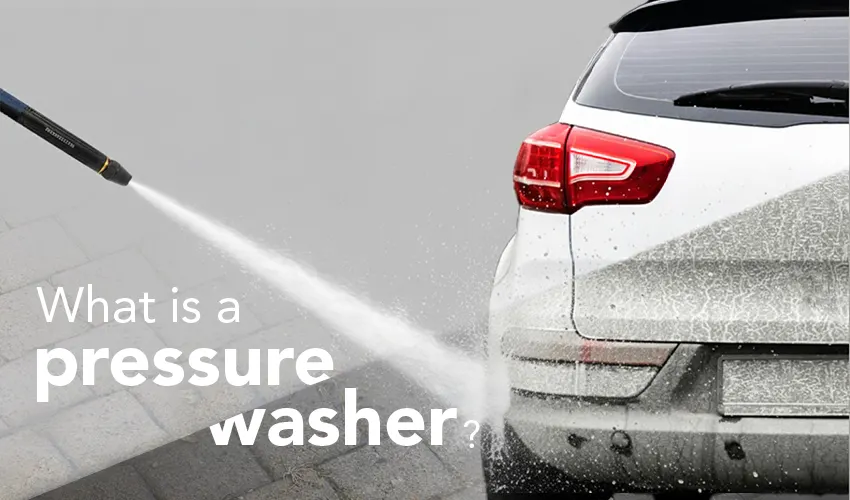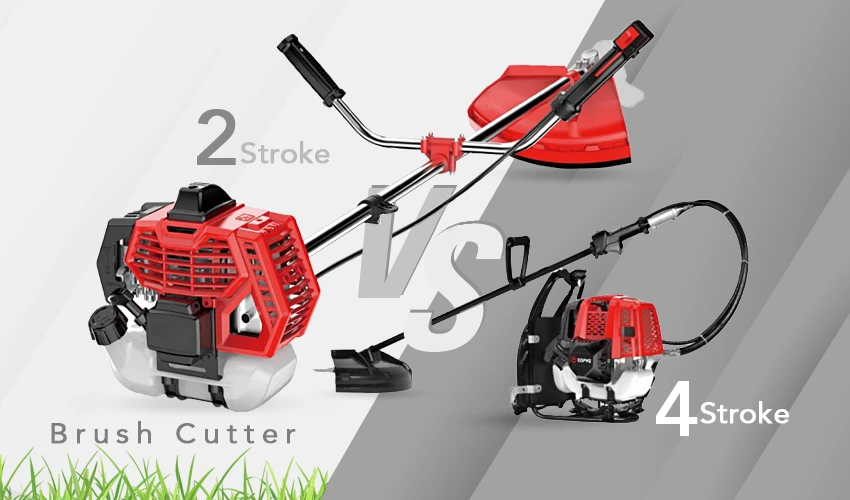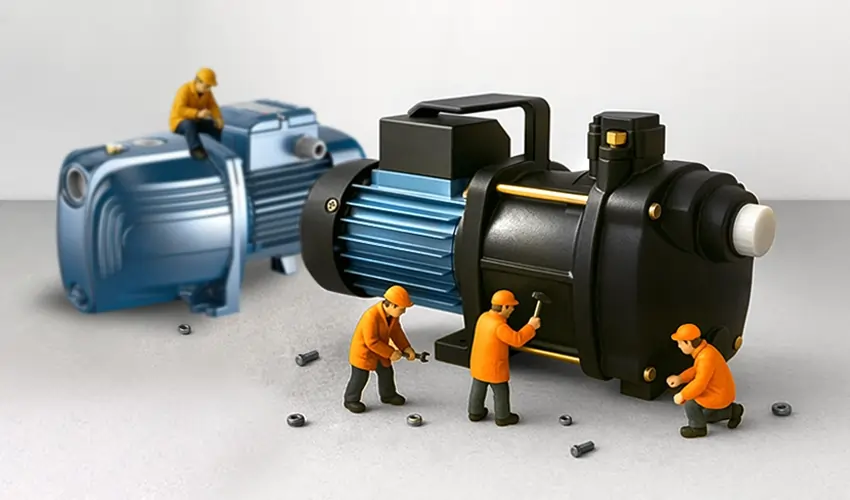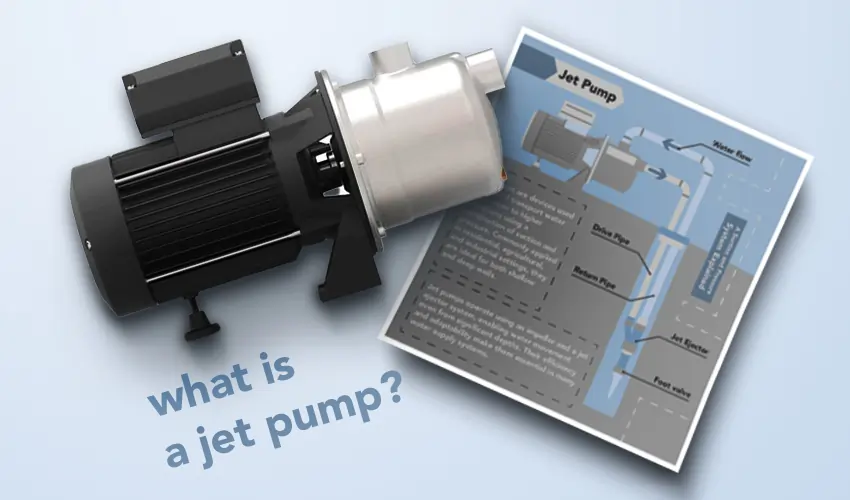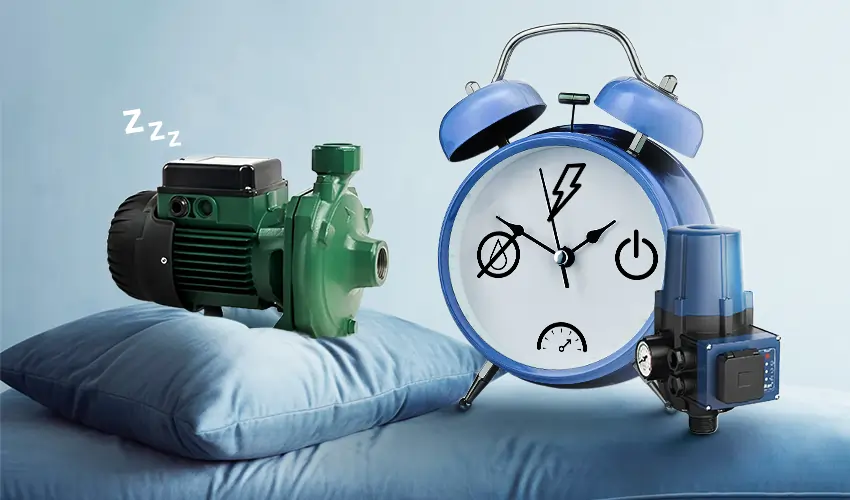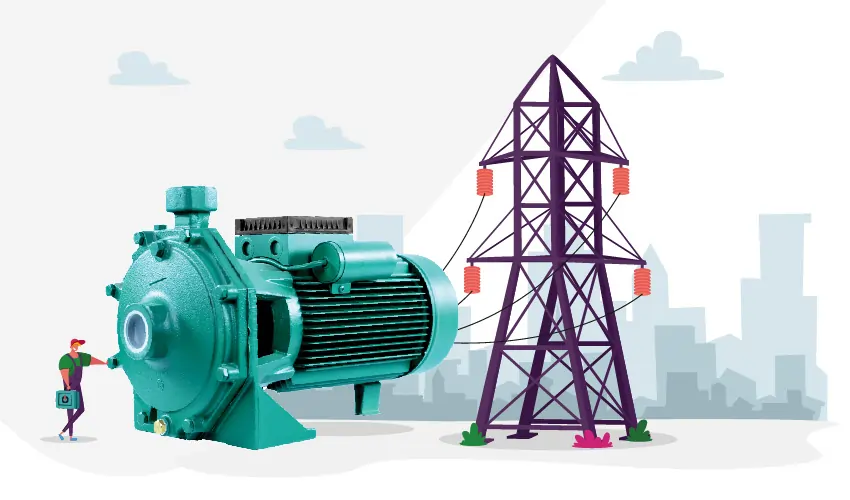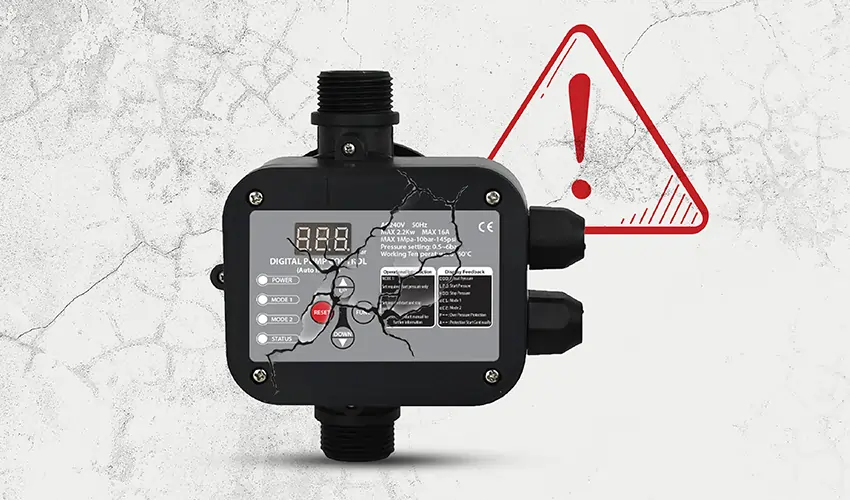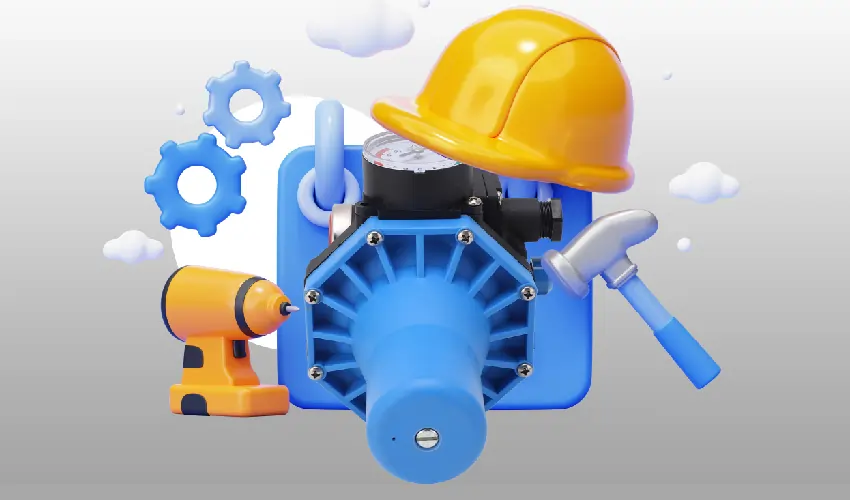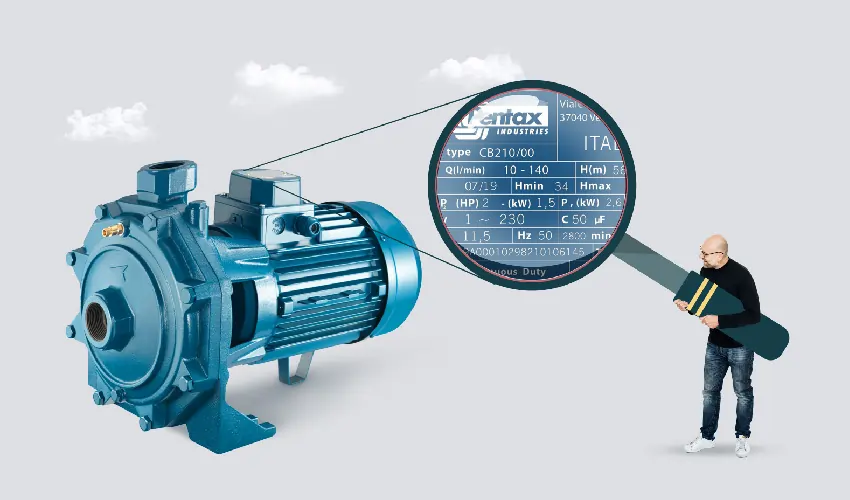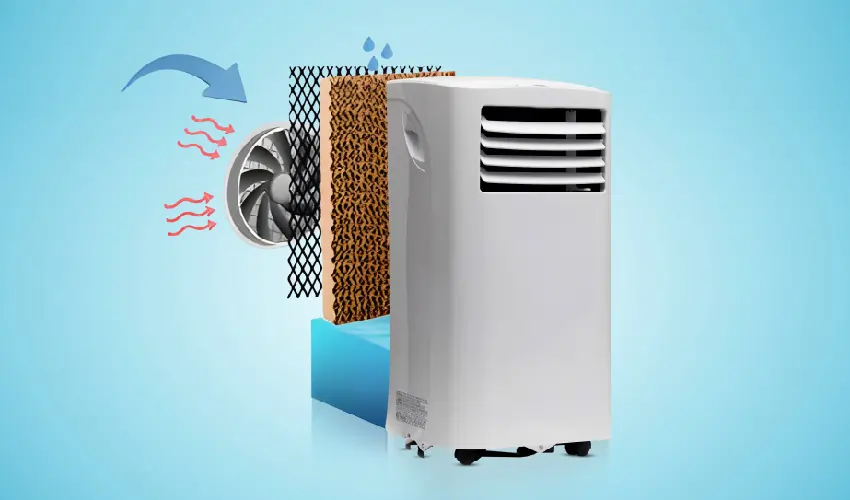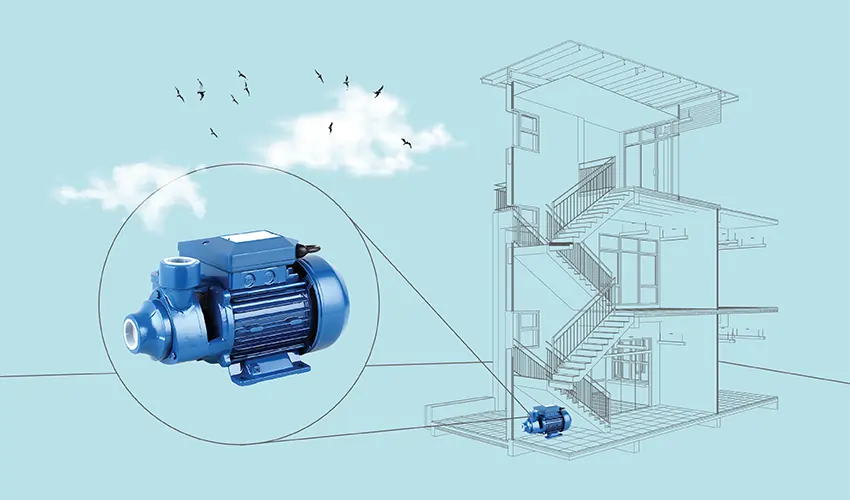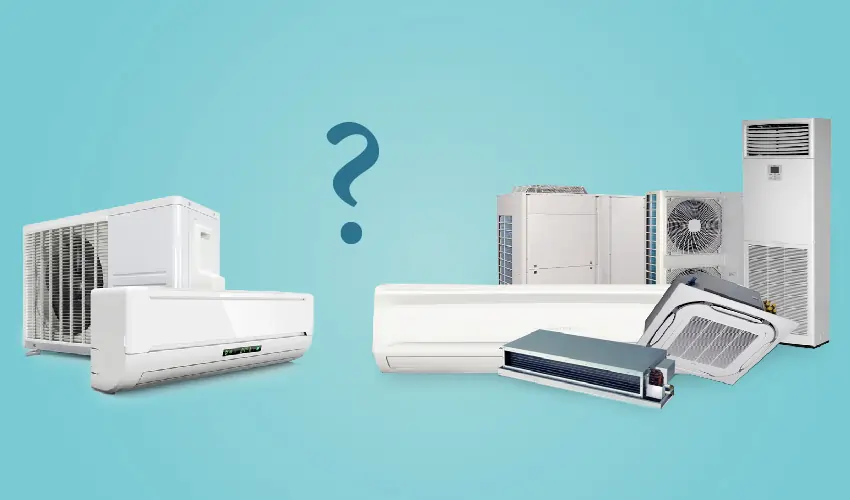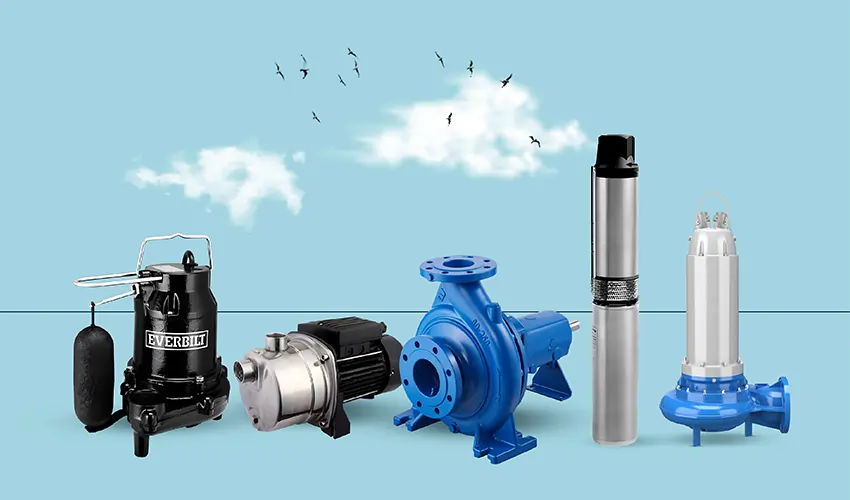Submersible pump usage Submersible pumps are versatile devices designed to operate underwater. They find widespread use in various applications, including groundwater extraction, irrigation, drainage, sewage systems, marine tasks, fountain and pond maintenance, construction dewatering, and oil and gas extraction. Their ability to efficiently move fluids while submerged makes them indispensable across industries worldwide.
Submersible Pump Introduction Video
What is Submersible Pump?
A submersible pump is a type of pump that is designed to be submerged underwater, typically in a fluid like water or sewage. These pumps are often used for various applications, including draining flooded areas, supplying water for irrigation, pumping sewage in wastewater treatment plants, and extracting groundwater from wells. Submersible pumps work by pushing or lifting fluid to the surface rather than pulling it from below.
They are usually electrically powered and sealed to prevent water from entering the motor or other critical components. The pump motor and impeller are housed in a waterproof casing, allowing the pump to operate efficiently even when fully submerged. These pumps are advantageous because they can be installed directly into the fluid they are meant to pump, eliminating the need for priming or additional suction mechanisms. They are often more efficient and require less maintenance compared to other types of pumps, especially in applications where the pump must operate underwater for extended periods.
What is the Submersible Pump Usage?
Submersible pumps have a wide range of uses across various industries and applications due to their efficiency, reliability, and ability to operate underwater. Some common uses include:
1. Water Wells: Submersible pumps are frequently used to extract groundwater from wells for residential, agricultural, and industrial purposes. They are particularly well-suited for deep wells where surface pumps would struggle to lift water effectively.
2. Irrigation: Submersible pumps are employed in agricultural irrigation systems to deliver water from a water source, such as a well or reservoir, to fields and crops. They can handle large volumes of water efficiently, making them essential for irrigation in areas where surface water sources are not available or practical.
3. Drainage and Flood Control: These pumps are used for draining flooded areas, such as basements, construction sites, and underground facilities. They can quickly remove large quantities of water, preventing property damage and maintaining safety.
4. Wastewater and Sewage Systems: Submersible pumps are crucial components of sewage and wastewater treatment systems. They help transport raw sewage and wastewater from residential, commercial, and industrial areas to treatment facilities, where the water is purified before being discharged or reused.
5. Marine Applications: Submersible pumps are used in marine environments for tasks such as bilge pumping (removing water from the bottom of boats), ballast pumping (adjusting a ship’s stability), and offshore drilling operations.
6. Fountains and Water Features: Submersible pumps are commonly employed in decorative fountains, ponds, and water features to circulate water, create waterfalls, or aerate the water to support aquatic life.
7. Mining and Construction: Submersible pumps are utilized in mining operations and construction sites for dewatering purposes. They help control groundwater levels to facilitate excavation, tunneling, and other construction activities.
8. Oil and Gas Industry: In the oil and gas sector, submersible pumps are used for various applications, including extracting crude oil from wells, pumping water and other fluids in oilfield operations, and managing produced water during the extraction process.
If you have any further technical questions relate to this article, you can contact our experts at Famcocorp.


